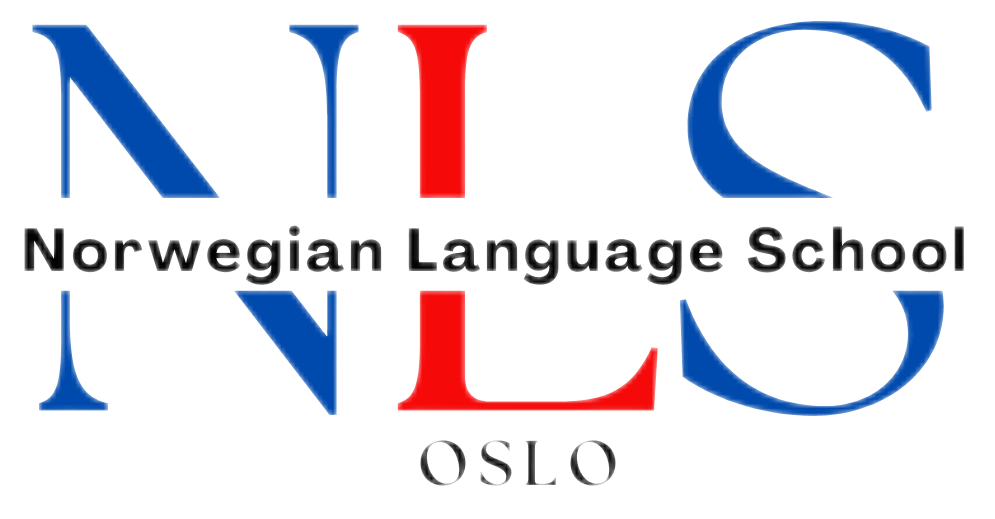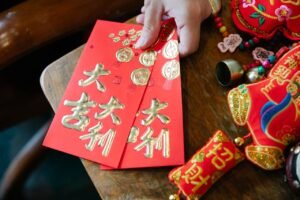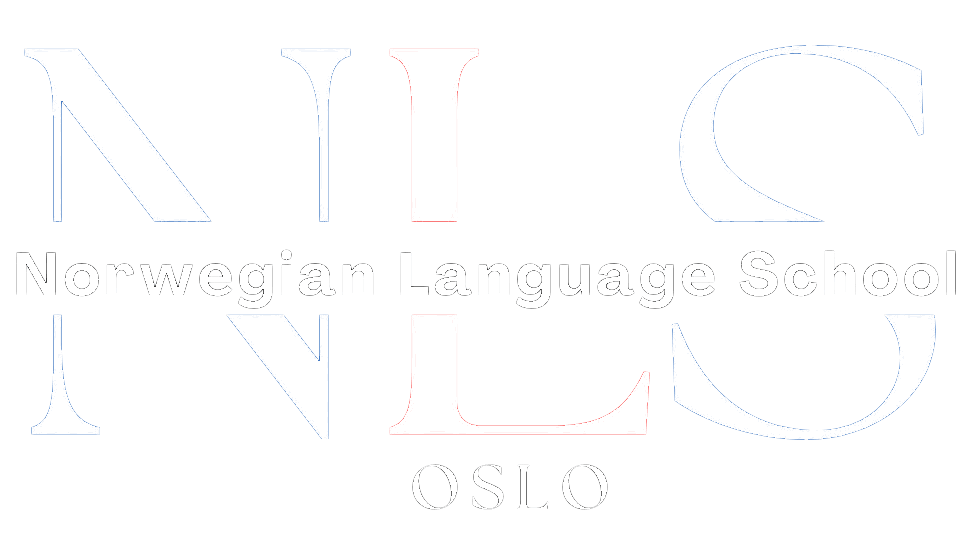

Discovering Norway: Basic Norwegian Phrases Every Traveller Should Know
The Norwegian language is a North Germanic language that is primarily spoken in Norway. It has its roots in Old Norse, the language of the Vikings, and has evolved over time to become the official language of Norway. Norwegian is closely related to Danish and Swedish, and speakers of these languages can generally understand each other to some extent.
Norwegian is an important part of Norwegian culture and identity. It is taught in schools and used in government, media, and business settings. While many Norwegians also speak English fluently, knowing some Norwegian can be beneficial for visitors to the country. It shows respect for the local culture and can help with basic communication and navigating daily life.
Norwegian culture is known for its emphasis on equality, nature, and outdoor activities. Norwegians value their natural surroundings and enjoy spending time outdoors, whether it’s hiking in the mountains, skiing in the winter, or simply enjoying the beautiful fjords. The concept of “friluftsliv,” or open-air living, is deeply ingrained in Norwegian culture.
Table of Contents
ToggleGreetings and Basic Communication in Norwegian
When greeting someone in Norwegian, it is common to say “Hei” (hi) or “Hallo” (hello). Norwegians are generally friendly and polite, so it’s important to greet people when entering a room or starting a conversation. To ask how someone is doing, you can say “Hvordan har du det?” (How are you?).
Pronunciation in Norwegian can be a bit tricky for beginners. One important thing to note is that the letter “y” is pronounced like the “u” in “but.” Additionally, the letter “j” is pronounced like the English “y.” It’s also important to pay attention to vowel sounds, as they can vary depending on the word.
Basic grammar rules in Norwegian include subject-verb-object word order, similar to English. However, Norwegian has gendered nouns, so it’s important to learn the gender of each noun and use the correct article (en for masculine, ei for feminine, et for neuter). Norwegian also has verb conjugations based on tense and subject, so it’s important to learn the different verb forms.
Essential Vocabulary for Getting Around in Norway
When traveling in Norway, it’s helpful to know some transportation-related vocabulary. For example, “tog” means train, “buss” means bus, and “flyplass” means airport. It’s also useful to know the names of common landmarks and tourist attractions, such as “Bryggen” in Bergen or “Akershus festning” in Oslo.
Numbers and currency are also important to know when getting around in Norway. The currency is the Norwegian krone (NOK), and it’s helpful to know how to say numbers in Norwegian. For example, “en” is one, “to” is two, and so on. Knowing numbers can be useful when buying tickets or ordering food.
Ordering Food and Drinks in Norwegian
When dining out in Norway, it’s helpful to know some vocabulary for ordering food and drinks. For example, “en kopp kaffe” is a cup of coffee, “en øl” is a beer, and “en hamburger” is a hamburger. It’s also useful to know how to ask for the bill, which is “kan jeg få regningen?”
Cultural norms for dining in Norway include being punctual for reservations and not rushing through meals. Norwegians value quality over quantity when it comes to food, so portions may be smaller than what you’re used to. It’s also common to tip around 10% of the bill if you’re satisfied with the service.
When navigating menus in Norwegian, it can be helpful to know some common food terms. For example, “fisk” is fish, “kjøtt” is meat, and “salat” is salad. It’s also useful to know how to ask about dietary restrictions, such as “Er det vegetarisk?” (Is it vegetarian?) or “Er det glutenfritt?” (Is it gluten-free?).
Shopping and Bargaining in Norwegian Markets
When shopping in Norway, it’s helpful to know some vocabulary for shopping and bargaining. For example, “butikk” means store, “pris” means price, and “rabatt” means discount. It’s also useful to know how to ask for different sizes, such as “Har du dette i en større størrelse?” (Do you have this in a larger size?).
Cultural norms for shopping in Norway include respecting personal space and not haggling too much. While bargaining is not common in Norway, you can sometimes negotiate prices at markets or with independent sellers. However, it’s important to be polite and respectful when doing so.
Tips for haggling and negotiating prices in Norwegian include using phrases like “Kan du gi meg en bedre pris?” (Can you give me a better price?) or “Er det mulig å få litt avslag?” (Is it possible to get a discount?). It’s also helpful to have an idea of the average price for the item you’re interested in, so you know if the seller’s offer is fair.
Asking for Directions and Transportation in Norwegian
When asking for directions or navigating public transportation in Norway, it’s helpful to know some vocabulary. For example, “hvor er…” means where is…, “til høyre” means to the right, and “til venstre” means to the left. It’s also useful to know how to ask for help, such as “Kan du hjelpe meg?” (Can you help me?) or “Jeg er litt lost” (I’m a bit lost).
Common phrases for navigating public transportation include “Hvor går denne bussen?” (Where does this bus go?) and “Når går neste tog?” (When does the next train leave?). It’s also important to know how to buy tickets, such as “En billett til…” (One ticket to…) and “Hvor mye koster en billett?” (How much does a ticket cost?).
Tips for understanding Norwegian street signs and maps include familiarizing yourself with common symbols and using a translation app or dictionary when needed. It’s also helpful to ask locals for directions if you’re unsure. Norwegians are generally friendly and willing to help.
Emergency Phrases and Numbers in Norwegian
In case of emergencies, it’s important to know some essential phrases in Norwegian. For example, “Hjelp!” means help, “ring politiet” means call the police, and “jeg trenger hjelp” means I need help. It’s also useful to know how to ask for medical assistance, such as “Jeg trenger en lege” (I need a doctor) or “Er det et sykehus i nærheten?” (Is there a hospital nearby?).
Important phone numbers to know in Norway include 112 for emergencies, 110 for the police, and 113 for medical emergencies. It’s important to have these numbers saved in your phone or written down in case of an emergency.
Tips for seeking medical attention in Norway include going to a local hospital or calling the emergency number if it’s a serious situation. If it’s a non-emergency, you can visit a local clinic or make an appointment with a doctor. It’s also important to have travel insurance that covers medical expenses while abroad.
Socialising and Making Friends with Norwegians
When socialising in Norway, it’s important to be aware of cultural norms. Norwegians value personal space and privacy, so it’s important to respect boundaries and not be too intrusive. It’s also common for Norwegians to be reserved and introverted, so don’t be offended if they seem a bit distant at first.
Tips for making friends with Norwegians include joining local clubs or organizations, such as sports teams or hobby groups. Norwegians value shared interests and activities, so participating in these can be a great way to meet people. It’s also helpful to learn some Norwegian and show an interest in the local culture.
Vocabulary for discussing hobbies and interests includes “fotball” for football, “musikk” for music, and “friluftsliv” for outdoor activities. It’s also useful to know how to ask about someone’s hobbies, such as “Hva liker du å gjøre på fritiden?” (What do you like to do in your free time?) or “Har du noen hobbyer?” (Do you have any hobbies?).
Common Norwegian Expressions and Idioms
Norwegian has many common expressions and idioms that are used in everyday conversation. Some examples include “Det er ikke bare bare” (It’s not easy), “Å ha en finger med i spillet” (To have a finger in the game), and “Å gå bananas” (To go bananas). These expressions add color and depth to the language and can help you sound more like a native speaker.
Tips for incorporating these expressions into your language skills include practicing them in context, such as using them in conversations or writing exercises. It’s also helpful to listen to native speakers and pay attention to how they use these expressions in everyday speech.
Tips for Improving Your Norwegian Language Skills
There are many resources available for learning Norwegian, both online and in-person. Some popular options include language learning apps like Duolingo or Babbel, online courses, and language exchange programs. It’s important to find a method that works best for you and fits your learning style.
Tips for practicing speaking and listening skills include finding a language partner or joining a conversation group. Speaking with native speakers can help improve your pronunciation and fluency. It’s also helpful to listen to Norwegian podcasts, watch Norwegian movies or TV shows, and read books or articles in Norwegian.
Strategies for immersing yourself in Norwegian culture and language include visiting Norway if possible, or finding ways to bring Norway into your daily life. This can include cooking Norwegian recipes, listening to Norwegian music, or following Norwegian news and social media accounts. The more you immerse yourself in the language and culture, the faster you will improve your skills.
In conclusion, learning the Norwegian language and familiarizing yourself with Norwegian culture can greatly enhance your experience when visiting Norway. By knowing some basic greetings, vocabulary, and cultural norms, you can navigate daily life more easily and connect with locals on a deeper level. Whether you’re ordering food, shopping, or asking for directions, having some knowledge of the Norwegian language will make your time in Norway more enjoyable and rewarding.
If you’re looking to learn Norwegian, it’s essential to start with the basics. Norwegian Language School offers a comprehensive guide on basic words and phrases in Norwegian, from greetings to everyday expressions. Understanding these fundamental words is crucial for building a strong foundation in the language. Check out their article on navigating Norwegian nouns and articles to gain a better understanding of when to use “en,” “ei,” and “et” in Norwegian. This article will provide you with the necessary knowledge to navigate the intricacies of Norwegian grammar and improve your language skills.

Norwegian A1-A2
Course Overview The Norwegian A1-A2 course is an online program focused on teaching essential Norwegian grammar and vocabulary. It includes a variety of materials and topics, with opportunities to interact with a Norwegian teacher entirely online. Curriculum Highlights The course covers key areas such as grammar and vocabulary and topics such as family, daily life, education, work, traditions, and leisure activities. Who Should Enroll? This course is perfect for beginners or those at the A1 or A2 levels who want to improve their Norwegian skills. What You Get Access to the full Norwegian A1-A2 course. A monthly 1-hour online conversation with a teacher. Many written and oral assignments. Comprehensive information on Norwegian grammar, Norwegian vocabulary and how to use them, important sentence structures, etc. Tips on additional resources to further enhance your Norwegian learning.
0 students enrolled
Last updated Dec 10th, 2024
If you want to learn Norwegian, you can register for classes here. We look forward to hearing from you and helping you become fluent in Norwegian.






